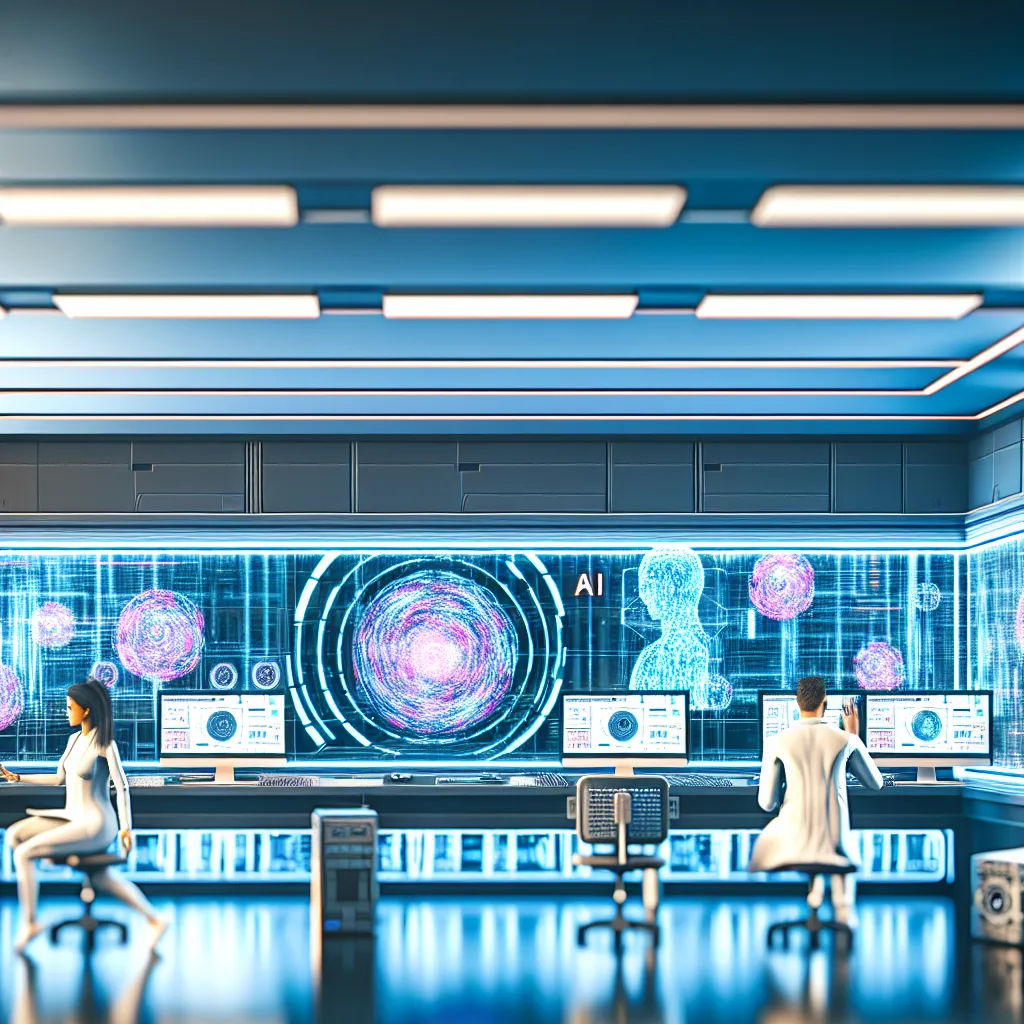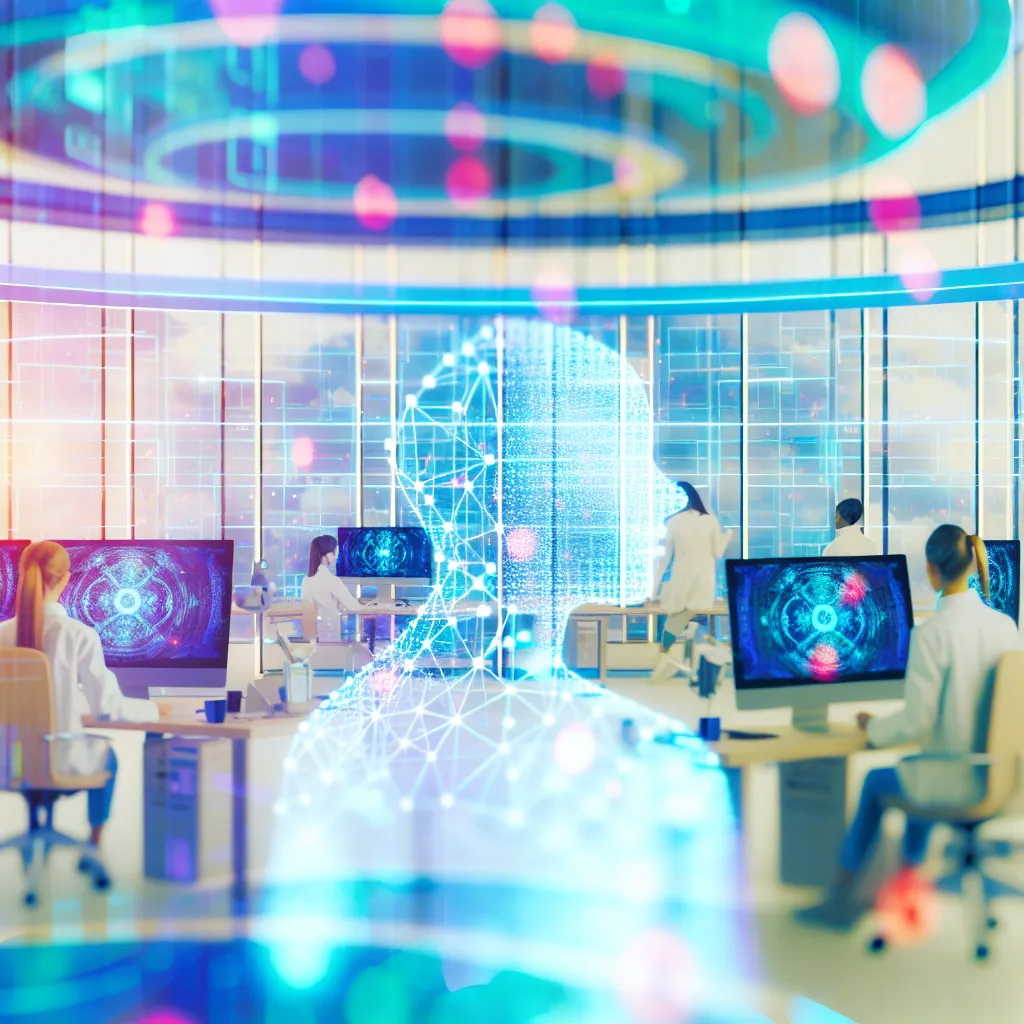
Introduction
In an era where artificial intelligence continues to stretch the boundaries of possibility, the concept of 'digital resurrection' is gaining traction. This involves using AI to recreate the deceased, allowing them to live on in a virtual form. A recent high-profile case involving Alexis Ohanian, co-founder of Reddit, who considered using AI to recreate his late mother, has reignited debates around the ethical, technical, and emotional implications of such technology.
Understanding Digital Resurrection with AI
Digital resurrection refers to the process of using AI technologies to create digital personas of people who have passed away. This can involve using voice synthesis, deepfake technologies, and natural language processing to generate lifelike representations and interactions. While the technology holds potential for preserving legacies, it also raises significant ethical concerns.
The Technical Landscape
Recent advancements in machine learning and natural language processing have made it technologically feasible to recreate a person's voice and mannerisms. Companies like MyHeritage and DeepBrain are pioneering this space, allowing users to create digital avatars of loved ones. These systems analyze extensive data sets, including voice recordings, text messages, and social media content, to build comprehensive digital profiles.
Ethical Considerations
The ethical implications of digital resurrection are profound. Consent is a major issue; can someone truly agree to be digitally resurrected posthumously? Furthermore, there's a risk of misuse, such as creating unauthorized avatars for exploitation. Additionally, digital resurrection can impact the grieving process, potentially offering comfort but also hindering closure.
Practical Applications and Real-World Examples
While digital resurrection is controversial, it has practical applications. For instance, in the entertainment industry, AI resurrected artists can perform posthumously, as seen with holograms of Tupac Shakur and Michael Jackson. In Ohanian's case, the idea of digital resurrection was personal, sparking discussions on how technology can memorialize loved ones.
- Entertainment: Creating virtual performances of deceased artists.
- Education: Using digital personas for historical figures in learning environments.
- Personal: Memorializing family members to keep their stories alive.
Future Outlook
The future of digital resurrection is both promising and uncertain. As AI technology advances, we can expect more sophisticated and lifelike digital personas. However, regulatory frameworks and ethical guidelines will be crucial to manage the potential for abuse. Society must balance technological capabilities with ethical responsibility.
Technological Advancements
Looking ahead, improvements in AI will likely enhance the realism of digital resurrections. Advances in natural language processing could allow for more nuanced interactions, while better data integration could create more comprehensive digital profiles.
Conclusion
Digital resurrection with AI presents both intriguing possibilities and profound ethical challenges. As businesses and individuals navigate this new frontier, it's essential to consider both the emotional impact and the ethical implications. While technology can preserve memories in innovative ways, the journey must be guided by respect and responsibility.
About AI Toollens
AI Tools platform expert



